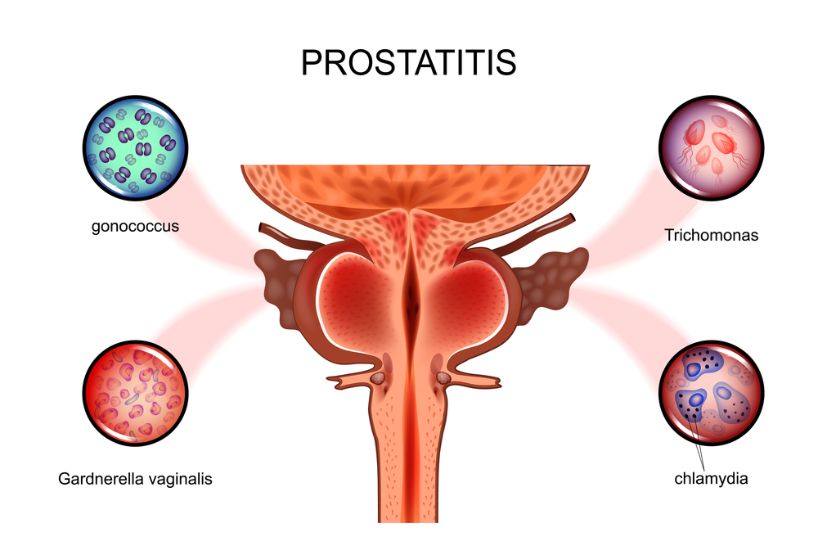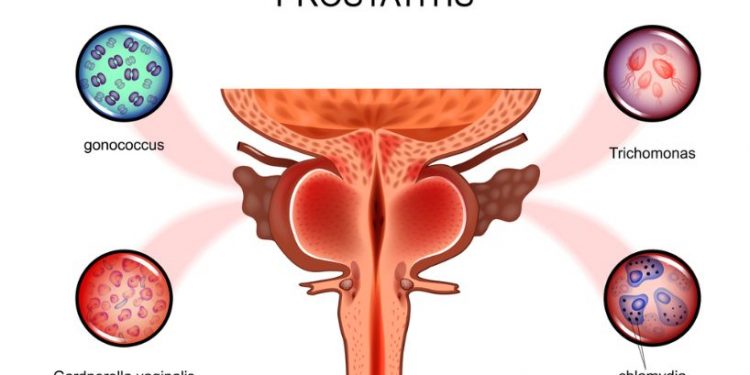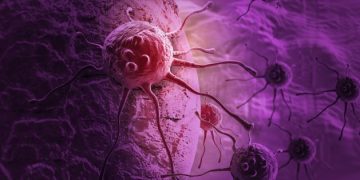The prostate is a walnut-sized gland in the male reproductive system. It sits in front of the bladder and above the penis, and it produces the fluid that helps nourish sperm during ejaculation. It also contains and directs urine into the urethra. When it grows, the prostate may press against the urethra and block urine flow, a condition called benign prostatic hyperplasia (BPH). Men might notice that they need to use the bathroom more often or that their urine is less forceful than before. Eventually, the prostate may become so big that it causes a urinary bladder infection or chronic urinary retention, which can lead to urination problems and pain.
BPH is common, but it’s important to differentiate it from prostate cancer, which affects the outer shell of the prostate and can be life-threatening. Prostate-specific antigen (PSA) screening is a blood test that helps doctors assess the risk of prostate cancer in men who are 40 years or older. The PSA level is elevated in both men with and without BPH, so the test cannot tell if an abnormal result is due to an enlarged prostate or a cancerous one.
When BPH becomes severe, it can cause back pressure on the bladder muscles and urethra, which can weaken the muscles over time. This can lead to the formation of bladder stones or chronic urinary retention, which puts a man at risk of developing kidney disease.

Typically, a doctor diagnoses BPH by listening to the patient’s symptoms and performing a digital rectal exam (DRE). A DRE involves placing a soft tool in the rectum and pressing on the bladder to feel for a hard or firm area that could indicate a problem. The doctor can then do a urine test to measure the amount of urine that is left in the bladder after urinating. A low post-void residual indicates a normal prostate.
MRI can be used to evaluate the anatomy of the prostate and detect any enlarged areas. The MRI results are then evaluated by a urologist, who can determine if the enlarged prostate is causing urinary symptoms and whether it needs to be treated.
An enlarged prostate is a common condition that occurs in most men as they get older. The exact cause is unclear, but researchers believe that natural hormone changes play a role. As men grow older, their levels of active testosterone decline while their estrogen remains the same. The lower levels of active testosterone reduce the production of nitric oxide, which promotes vascular smooth muscle growth. Combined with the fact that prostate cells are more sensitive to estrogen, this can lead to an overgrowth of the prostate, which may cause a number of urological symptoms. To avoid this, the best approach is to treat BPH as soon as possible. The symptoms are often relieved by lifestyle changes, drugs and in some cases, surgery.









